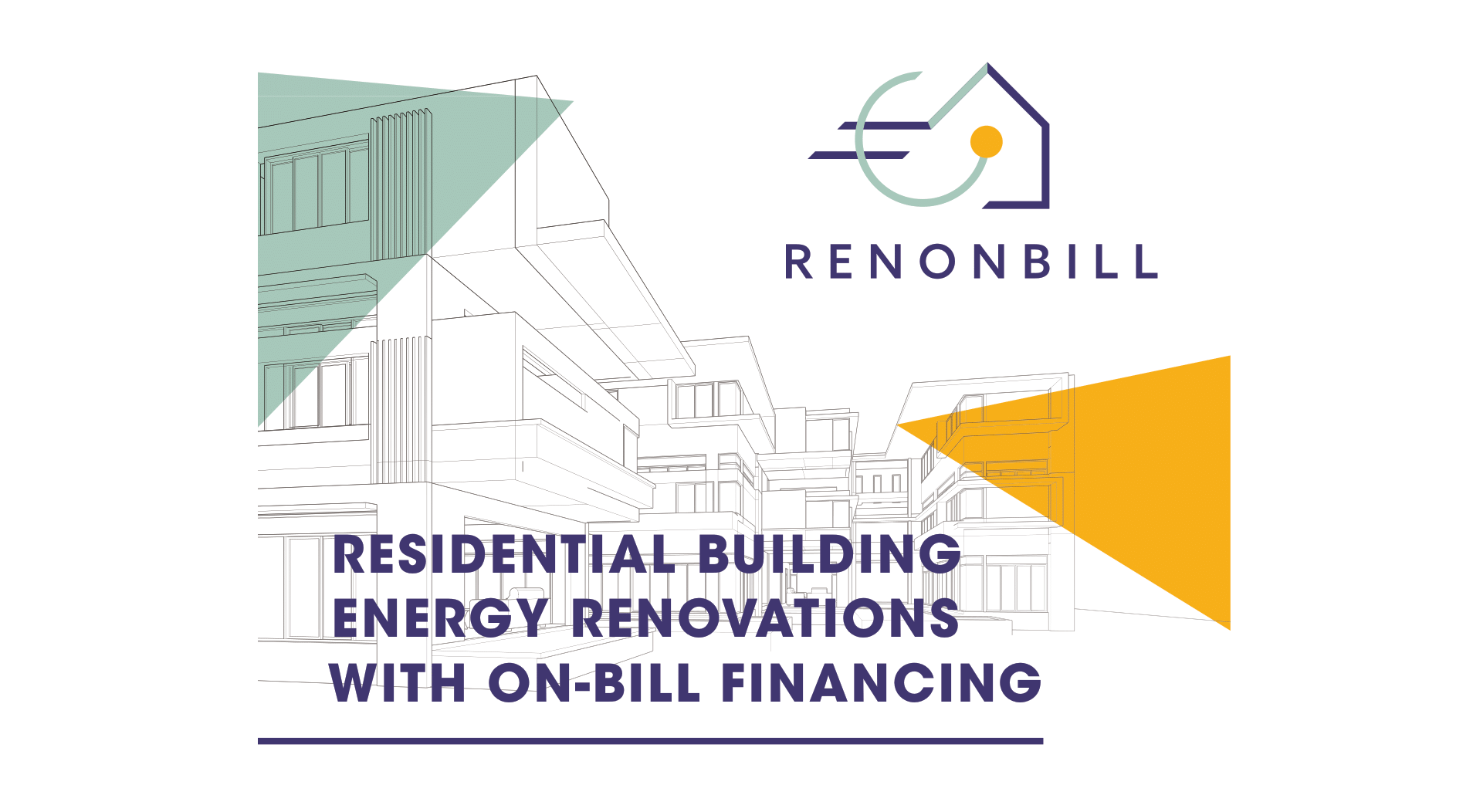
About “RenOnBill” project
In order to meet the 2050 long-term target for reducing EU GHG emissions by 80%, it is necessary to dramatically increase the yearly buildings renovation rate from the current 0.4%-1.2% to at least 2.3%. Considering these circumstances, in March of 2019 “RenOnBill” project was launched. RenOnBill – standing for ‘Residential building energy renovations with on-bill financing’ – aims to scale up investments towards deep energy renovations of residential buildings by promoting the development and implementation of on-bill schemes, based on the cooperation between energy utilities and financial institutions.
Learn more about the project: www.lei.lt/en/projektas/renonbill
Issues addressed in the workshop
The aim of the workshop, working together with representatives of the energy, finance and housing sector, was to create an “on-bill” model for renovation payments through energy bills, adapted to the Lithuanian market.
The workshop addressed issues related to the project’s target market, consumer attractiveness, conditions and involvement of energy companies and financial institutions.
Cross-country comparison
During all four national workshops in Spain, Italy, Lithuania, and Germany, participants discussed questions related to the relevant target market segments and to the preferences in terms of source of financing for the on-bill scheme (OBS vs. OBR). By comparison, one can see that “owner-occupied multi-family buildings” represents the most promising segment for on-bill schemes, as it is the only one that is relevant across all four countries. At the same time, participants were aware of the complications that may arise when realising an energy renovation intervention in a setting where owners may hold multiple and different interests.
In terms of the overall preferred on-bill model, all participants agreed that for any large-scale intervention on-bill repayment (where investment capital is provided by a private third party) appears to be more suitable than on-bill financing.
Results of the workshops:





